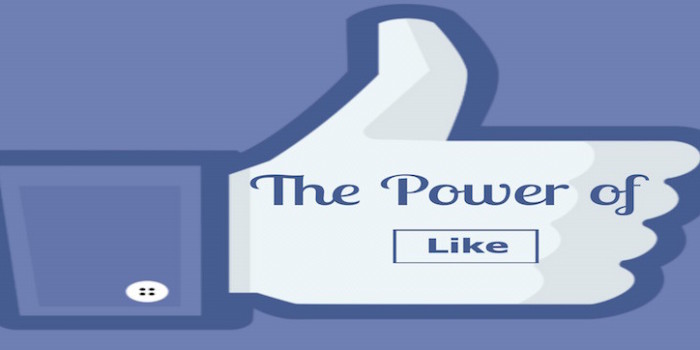
More fans for your (Face)buck
When Facebook started out in 2004 as a basic, photo-sharing website for university addresses only, the “like” was an expression of personal sentiment and, at worst, an appeal to vanity. Fast-forward some 11 years to the present day, and the commercial power of the like is something over which brands obsess, day in, day out.
As an agency, we’re often tasked with growing the overall fan base of a brand page on Facebook. This is usually where I step in and question the ultimate bottom line gain of aggressive growth (“do you want vanity numbers or genuine fans? Will more fans on your page equate to more traffic to your website and more online transactions?”)—but that is a discussion reserved for another day and another blog post.
For now, let’s assume that the aim of the game is to acquire quality fans via legitimate means, i.e. fans who aren’t professional “compers” and who aren’t purchased through an unscrupulous “fan growth” outfit. Instead, we’re targeting new fans via a brand page promotion through Facebook’s ad manager.
How can you ensure that your cost per fan doesn’t spiral out of control? How can you keep the momentum up on fan growth? And how can you ensure that your fans’ interests are aligned with your brand?
The singular answer here is: targeting.
Let’s now break down the above:
Firstly, spend the extra five minutes it takes to define your audience using all of the options within the ad set menu:
Age targeting
Location targeting: down to town and/or postcode level
Interest targeting: actions, interests, brand – use this intelligently, to target fans of competitor brands
Behavioural targeting: currently growing in its categorisation, but relevant to businesses such as holiday brands, with parameters such as “returned from last holiday within one month”
Exclude existing fans of your page for this exercise
Format: ensure that you allow your ad to be displayed on mobile and desktop on the sidebar—and consider running as a sponsored newsfeed story
Secondly, set several variations of the same ad set live. You may decide to vary messaging, imagery or both. The onus is then on you to assess the performance of ads on a weekly basis as a bare minimum, pausing off lower performing ads and strengthening your budget against the better performing variants.
How many ads are too many? As a best practice guideline, three ads in continuous rotation are sufficient.
Your ad should most certainly include a basic call-to-action (CTA), i.e. “like our page”. Despite a lot of confusion around whether or not you can incentivise this CTA, there isn’t a formal prohibition against offering the promise of prizes and competitions on the page. As such, it’s quite permissible to state: “like our page, where our fans win weekly competitions and prizes.”
What happens if you’ve implemented all of the above meticulously and you’re still struggling to drive your cost per fan down to a palatable level? At this stage, it’s time to get more involved with your set-up and your Facebook insights.
Set-up: create a “look alike” audience, which will mirror and configure your targeting ever so slightly, in order to widen your page exposure to a still-relevant audience.
Facebook Insights: analyse when the peaks in your paid-for likes occur over the course of a week. Is this shape similar week-on-week? If so, it’s time to concentrate your budget around peak days.
In my experience, we’ve acquired fans at as low a rate as £0.05 and as high a rate as £0.75. This is dependent on vertical, targeting and, crucially, the brand. For example, it isn’t unusual for two food manufacturers to experience results on both ends of this spectrum, using exactly the same methodology.
On this note, I’m going to return (briefly) to the commercial discussion that must take place with clients when discussing fan acquisition.
Whilst it’s important to keep the rate of your page growth on the up, you don’t want to invest all of your effort into vanity numbers at the expense of your page content quality. Put at least 50% of your precious time into engaging with your existing fans, reward them for their engagement and drive them to complete valuable actions on your website.
Want more information? Contact us here
